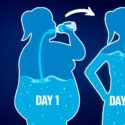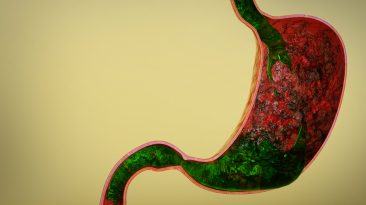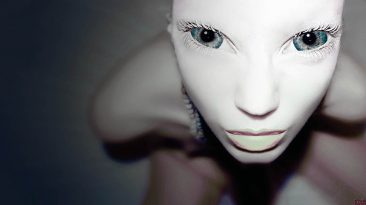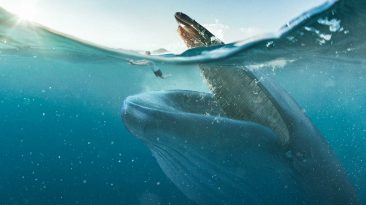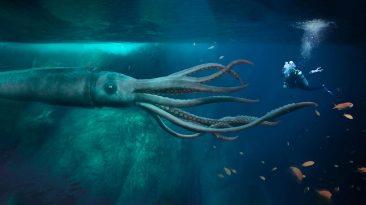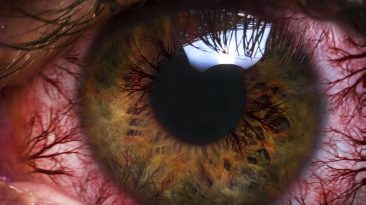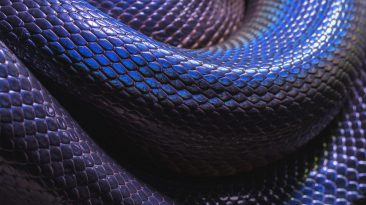Humanity is constantly changing, but what will we look like 1,000 years from now? Will our bodies adapt to survive car crashes, extreme weather, and constant technology use? Could we fuse with machines and live forever? Scientists and futurists have imagined several possibilities, and the results range from practical to downright strange.
Here are six ways humans might evolve in the distant future and what “the perfect human” of the year 3000 could look like.
1. The Tech Adapted “Text Claw” Human
Future humans may look a lot different from us today and not always for the better. Picture “Text Claw Mindy,” a person with a hunched back, a permanently curved texting hand, and an elbow bent at an unnatural angle. These traits could evolve from decades of sitting at desks and staring down at smartphones.

Modern life puts constant strain on our necks, backs, and hands. We no longer run from predators or climb trees. Instead, we sit for hours with our eyes glued to screens. Over time, future generations might inherit postures and joint shapes that make screen use more comfortable, even if they look unusual to us.
2. Smaller Brains, Thicker Skulls
Technology already does much of our thinking for us. With calculators, GPS, and artificial intelligence, our brains are less challenged than in prehistoric times, when survival demanded memory, planning, and problem solving. Some scientists believe our brains may continue to shrink over the next thousand years.
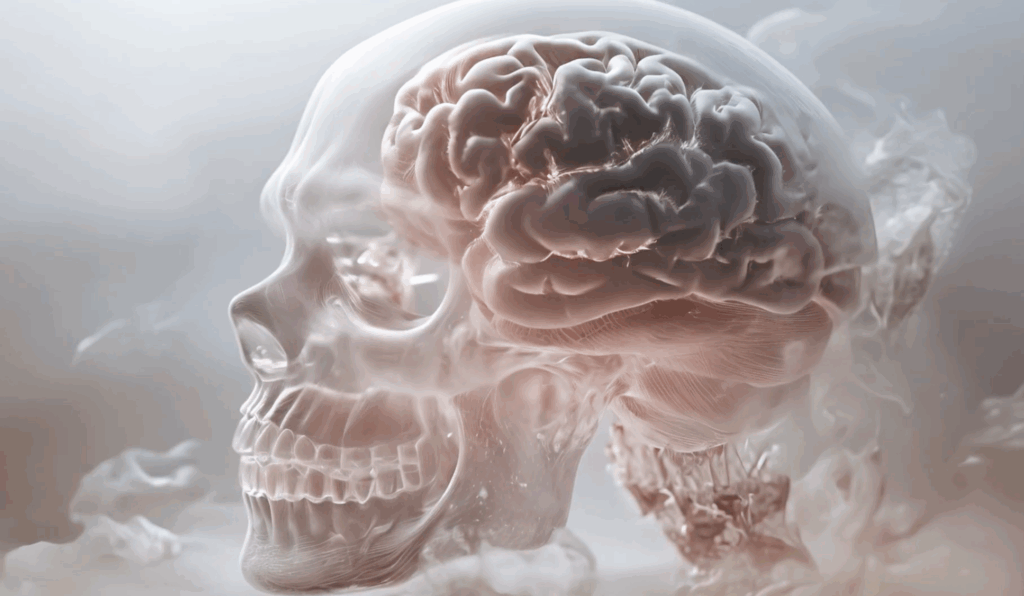
To protect against potential harm from technology, such as radiofrequency radiation from phones, future humans could evolve thicker skulls. This added protection might come at the cost of brain size, but memory enhancing implants could more than make up for it.
3. The Crashproof Human
Climate change may bring stronger storms, rising seas, and more dangerous weather events. To survive these physical challenges, some scientists point to “Crashproof Graham,” a hypothetical human designed to survive car accidents.
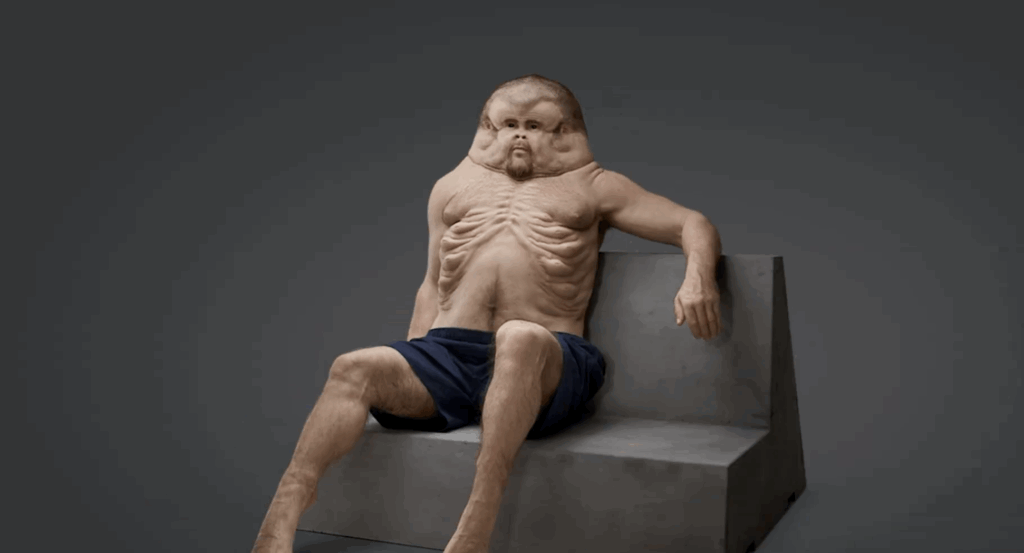
Graham has a thicker skull surrounded by extra fluid to cushion the brain, a short sturdy neck that resists whiplash, stronger ribs, flexible joints that bend in multiple directions, and tough skin to protect against cuts. Similar traits could help humans endure tornadoes, hurricanes, and other high impact disasters in the future.
4. The Anatomically Upgraded Human
Dr. Alice Roberts, a biological anthropologist, has imagined a “perfect human” built by blending the best traits from nature. This “Anatomically Amazing Alice” would have octopus like eyes for better vision, cat like ears to enhance hearing, two separate tubes for breathing and eating, and a kangaroo style pouch to make childbirth easier.
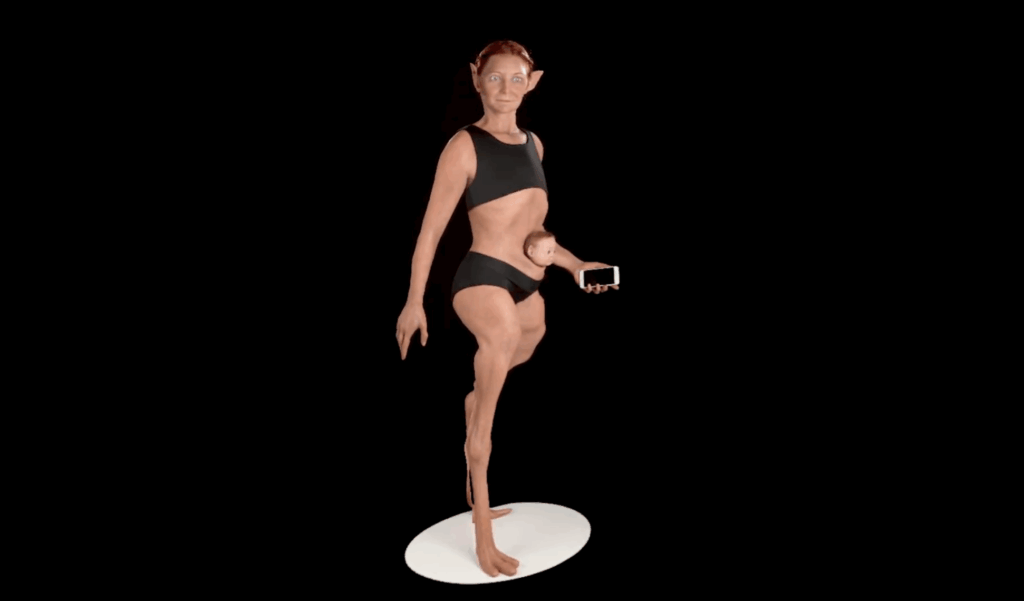
She would also have ostrich like legs for speed, darker or color changing skin for sun protection, shorter spines for durability, and hearts with extra arteries to prevent heart attacks. It is an evolutionary upgrade designed for both strength and efficiency.
5. The Transhuman Hybrid
Some experts believe our future will not rely on natural evolution at all. Instead, we may merge with technology to become “Transhumanic Tim.” This part human, part machine being could have bionic eyes with X ray vision, hearing devices that record and filter sound, and brain implants that store and retrieve memories.
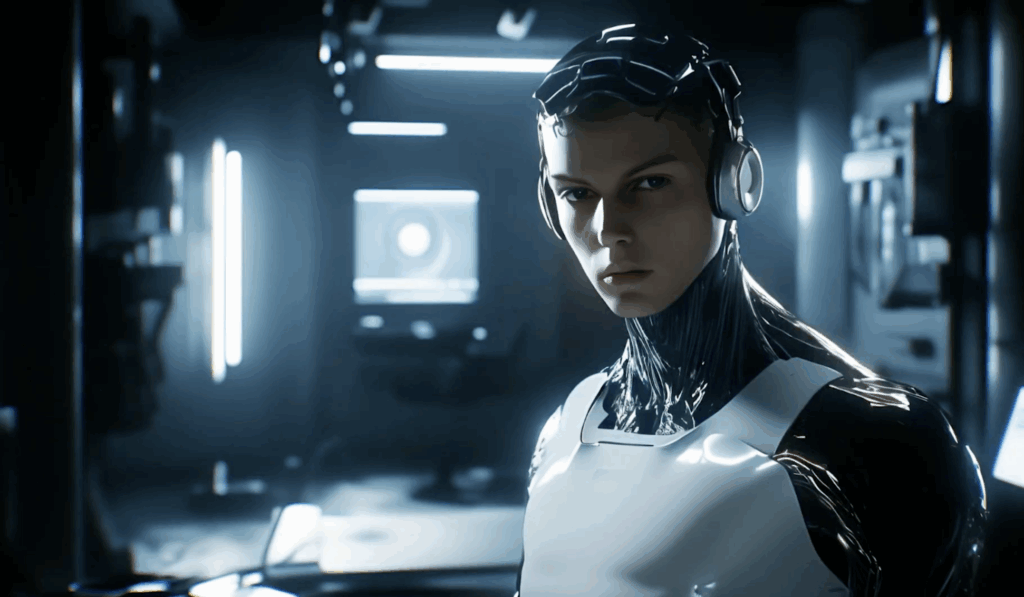
Nanobots could patrol the body to destroy cancer cells, fight infections, and repair injuries instantly. And in the most radical vision, our consciousness could be uploaded into a digital form, allowing us to live indefinitely inside a computer or a robotic body.
6. The “Perfect” Human of the Year 3000
If we could choose the best features from all these future designs, the ultimate human might be taller, with strong ribcages, flexible joints, ostrich like legs, and springy feet for speed. They might have a thicker skull, a smaller brain but supercharged memory implants, feline ears, and enhanced vision.
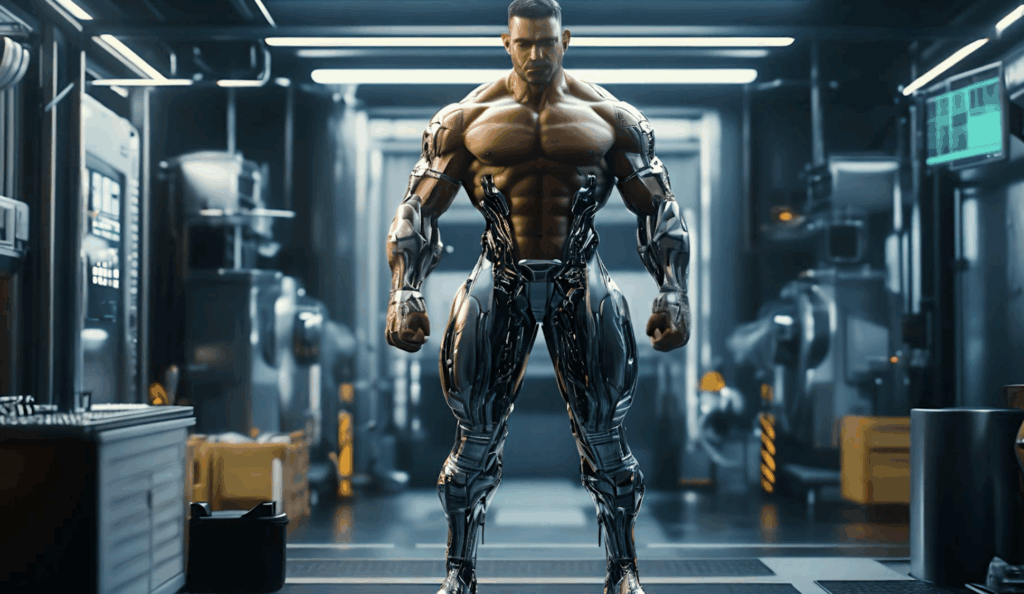
A pouch could make childbirth easier, while nanobots constantly repair the body from within. This future human would be built to survive both the technological and environmental challenges of the next millennium and still have the capacity to adapt as the world changes in unpredictable ways.











